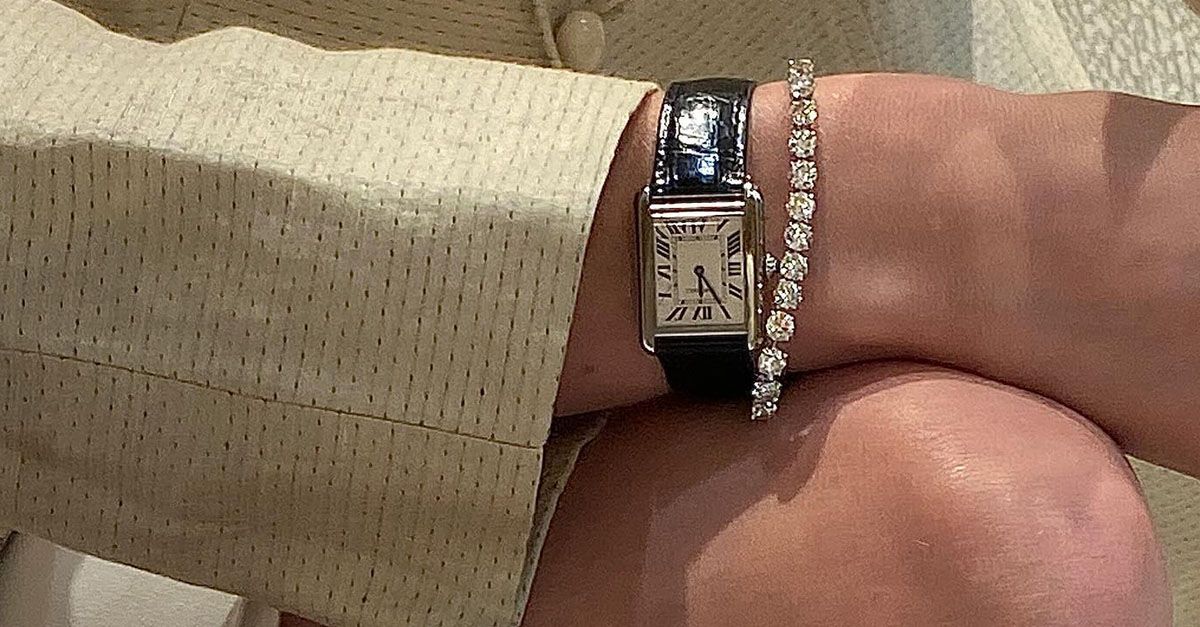Syrian rebels advanced across the country on Saturday as they pushed towards their goal of taking Damascus after seizing cities and swaths of territory in a lightening offensive against the Assad regime.
“Damascus awaits you,” Abu Mohammad al-Jolani, the leader of the main rebel group Hayat Tahrir al-Sham (HTS), said in a statement addressed to fighters on Saturday.
The rebels are advancing on the strategic city of Homs, while President Bashar al-Assad’s army has ceded control of a city in the east and lost towns in the south, as the uprising against his rule, which has broadened to include multiple opposition groups, gained momentum.
“Our forces have begun implementing the final phase of encircling the capital Damascus,” Hassan Abdulghani, an HTS spokesperson said on Telegram.
He added that the rebels were sending reinforcements to the Damascus “axis”. Meanwhile, the Syrian Observatory for Human Rights, a London-based war monitor, reported that regime forces had withdrawn from several towns in the greater Damascus area. The Financial Times was not able to verify these reports.
The multipronged assault poses the most serious threat to Assad’s rule in a decade, reigniting a 13-year civil war that had been largely frozen since 2020.
Syrian state media reported that army units had not withdrawn from the Damascus countryside, and denied rumours that Assad had fled. But some residents said they were preparing for the regime to fall. “It’s over,” said one Damascene.
US envoy Amos Hochstein said on Saturday that the “collapse” of Assad’s army had accelerated after Syria’s main allies — Iran, Hizbollah, the Iranian-backed Lebanese movement, and Russia — were left weakened and distracted by conflicts elsewhere.
Assad’s allies are “significantly weaker than they were [in the past], and with Russia in a different area, not able to give its attention to Syria, and Iran just weaker overall”.
Hochstein added that Iran appeared to be “pulling out of Syria to some degree”. The New York Times reported that Iranian military commanders were being evacuated.
However, Russia’s foreign minister Sergei Lavrov on Saturday said Moscow was “trying to do everything not to allow terrorists to prevail, even if they say they are no longer terrorists”. HTS is listed as a terrorist organisation by the US, although it has projected a more moderate image in recent years.
Following the dramatic advance by rebels, President-elect Donald Trump said there was “never much benefit” for Russia in Syria. In a post on Truth Social, he added that “Syria is a mess, but is not our friend”, and cautioned against US involvement.
Homs is the largest city still controlled by Assad’s regime on the highway that leads south to the capital Damascus.
Rebels, led by the Islamist HTS and supported by Turkish-backed factions, have already captured Syria’s second city Aleppo and Hama since launching their offensive 11 days ago.
Although much of the rebels’ advance has been met with little resistance by forces loyal to Assad, there are signs that the fighting may be more intense around Homs. State media said that joint Syrian and Russian forces had shelled rebels in Homs’s northern suburbs.
If the government were to lose Homs, analysts said, it would cut off Damascus from Assad’s other big support base in the coastal Latakia and Tartus governorates. Assad comes from the minority Alawite sect, whose population is concentrated on the coast.
The coastal area is also crucial to Russia, which intervened in Syria’s war in 2015 to support Assad, giving Moscow access to the Mediterranean.
Rebels were also making gains south of Damascus on Saturday, as other opposition groups joined the rebellion. In Deraa and Suwaida, state media said the army was repositioning and establishing a security cordon after “terrorist elements attacked the army’s scattered checkpoints with the aim of distracting our armed forces”.
In a sign of the severity of the crisis, Moscow warned its citizens on Friday to be ready to flee Syria. Iran’s foreign ministry spokesperson Esmail Baghaei told the state news agency IRNA, however, that its embassy in Damascus had not been evacuated. “The embassy of the Islamic republic of Iran continues its activities as usual,” he said.
Homs is close to the Syrian-Lebanese border, where Hizbollah has a large presence. Iran and Hizbollah’s support of Assad a decade ago helped shore up the dictator’s rule, but a year of war with Israel has left the militant group weakened. HTS issued a statement addressed to the Lebanese asking them not to get drawn into the conflict.
In Deraa, the birthplace of the Syrian revolution in 2011, Reuters reported that the rebels had reached an agreement for regime forces to withdraw. HTS said Deraa had been “liberated from the grip of the criminal regime and its militias”.
Several towns near the Jordanian border have also been claimed by opposition factions, with minimal fighting.
Assad has also lost ground in eastern Syria, where US-backed Kurdish fighters have taken control of Deir Ezzor city, the capital of the oil-rich province.
Additional reporting from Najmeh Bozorgmehr in Tehran and Andrew England







































:quality(85):upscale()/2024/12/10/036/n/1922564/c299e12e6758d42210a692.69501672_.jpg)
















![OG Boo Dirty Fet Finesse2Tymes – “Unappreciated” [Official Music Video] OG Boo Dirty Fet Finesse2Tymes – “Unappreciated” [Official Music Video]](https://i.ytimg.com/vi/uaEFrPJHASg/maxresdefault.jpg)











![Casper Kelly On Why His Secret Adult Swim Horror Sequel Needed to Be a Hallmark Movie [Interview] Casper Kelly On Why His Secret Adult Swim Horror Sequel Needed to Be a Hallmark Movie [Interview]](https://i0.wp.com/bloody-disgusting.com/wp-content/uploads/2024/12/Adult-Swim-Yule-Log-2-Murder-Log-Monster.jpg?resize=1000%2C600&ssl=1)












